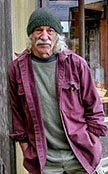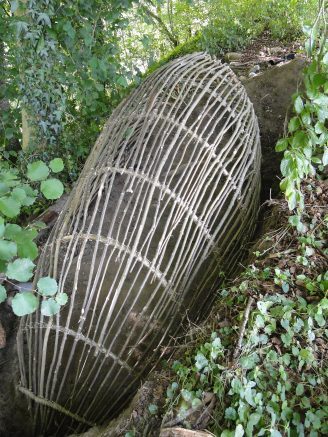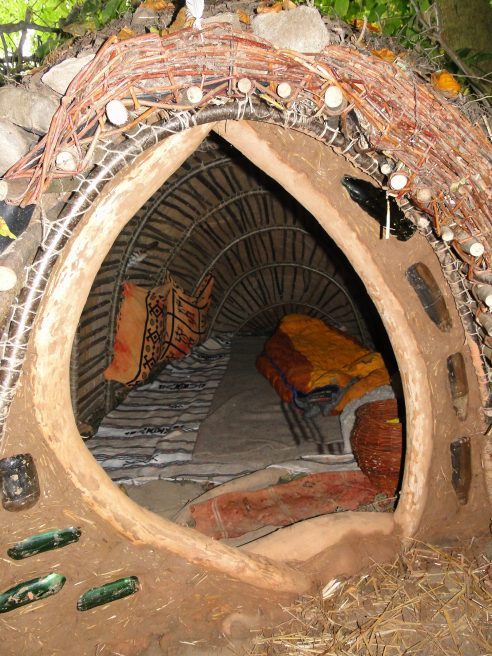Catalysts for Change When the baby boom generation grew up, many of them rejected material success and its accompanying conformity, and sought other avenues in life and means of expression.
It’s hard to believe, but all the following ideas, concepts, perceptions, movements, arts, practices, discoveries, and acts were going on in the ’60s:
Zen Buddhism, meditation, the Tarot, the Kabbalah,
the I Ching, martial arts, women’s liberation,
gay rights, the sexual revolution, black power,
Native American culture, marijuana and LSD,
political activism, building your own house,
organic gardening and farming, revival of crafts,
alternative energy sources: sun, wind, and water,
organic gardening and farming,
ecological awareness, self-sufficiency,
the Beat poets, the blues and rock ‘n’ roll,
the Beatles, the Rolling Stones, Bob Dylan,
Rolling Stone magazine and dozens of new
underground newspapers, dolphin consciousness,
viewing the earth from space,
The Whole Earth Catalog,
planetary consciousness, whole systems,
the West Coast publishing revolution,
the first desktop computers, domes,
long hair, new styles of dressing,
the Human Be‑In, the Monterey Pop Festival…
Note: Many of these things were not so much new, as they were new to this very large group of young people — who had the time and means to study and experiment — and set out on new courses in their lives.
All of these things were part of our world in the ’60s, and carried over into what we did in the ’70s, including building this homestead.
From my almost-just-completed book, The Half-Acre Homestead. (This is kind of a footnote in the appendix describing briefly what happened in the ’60s, because the values and discoveries of those times are reflected in the building of our homestead.)










